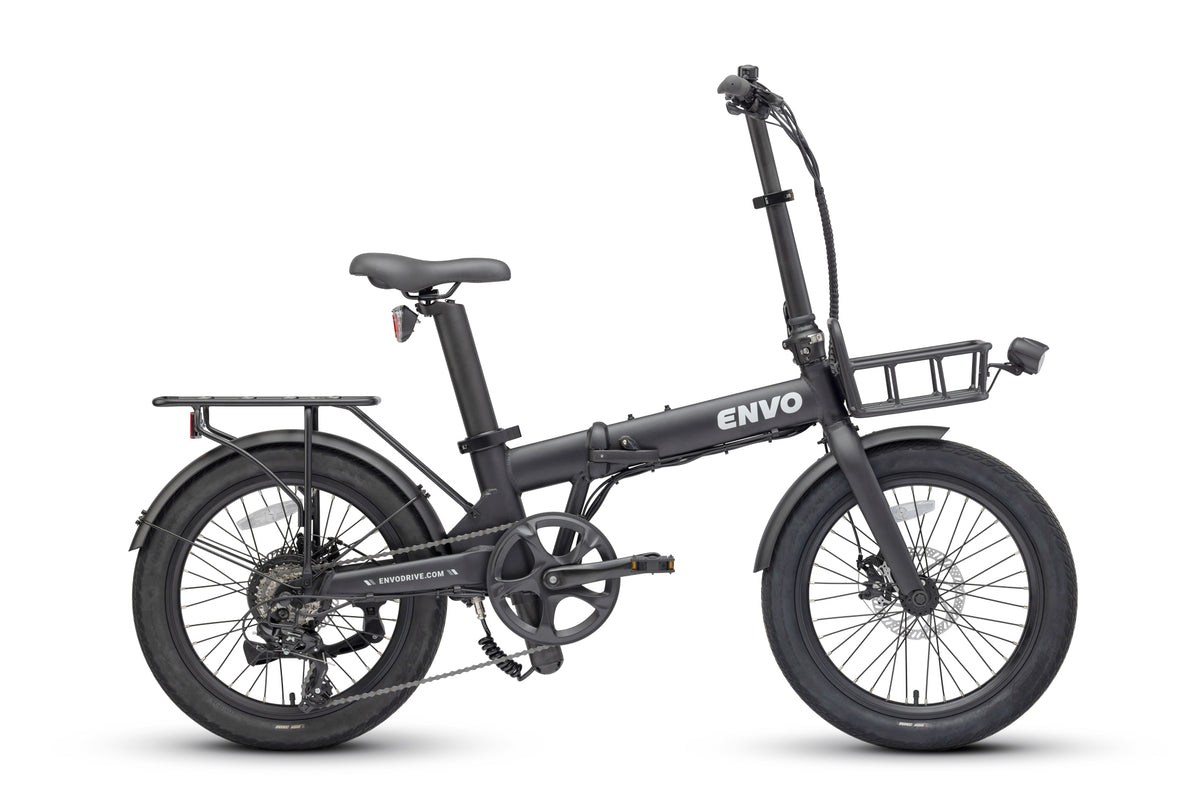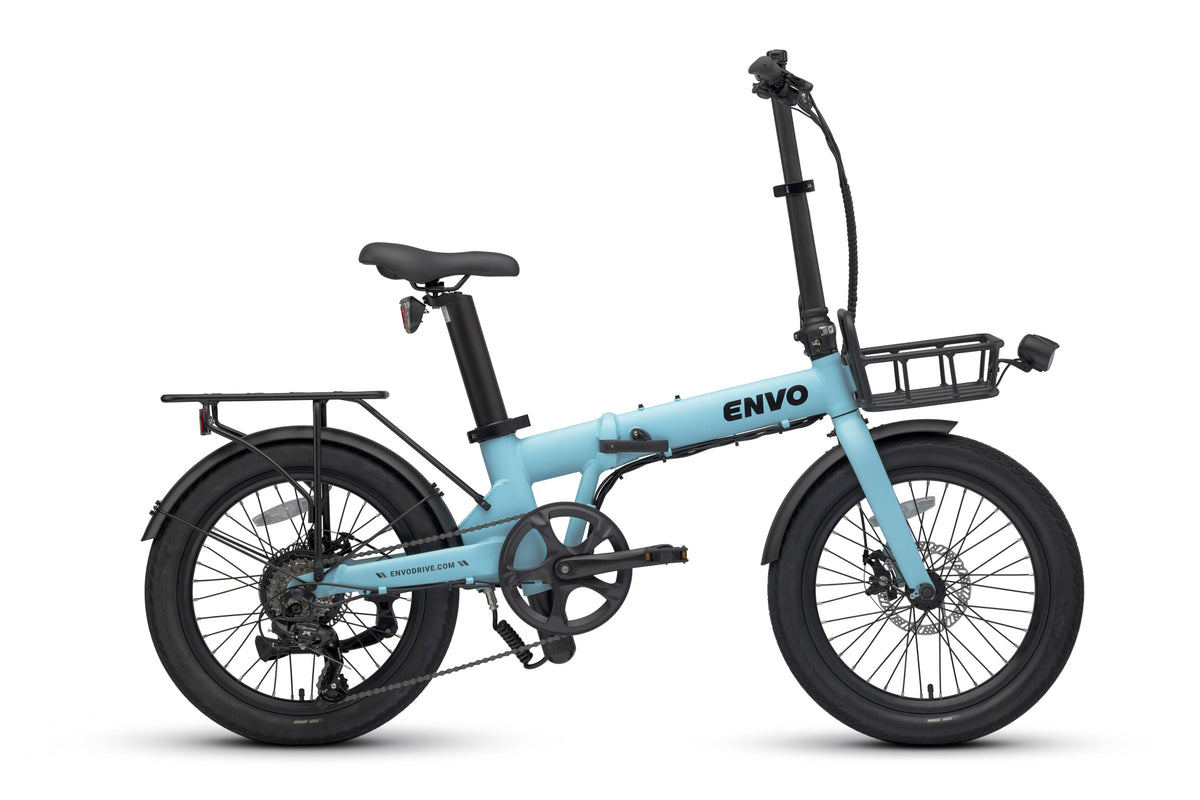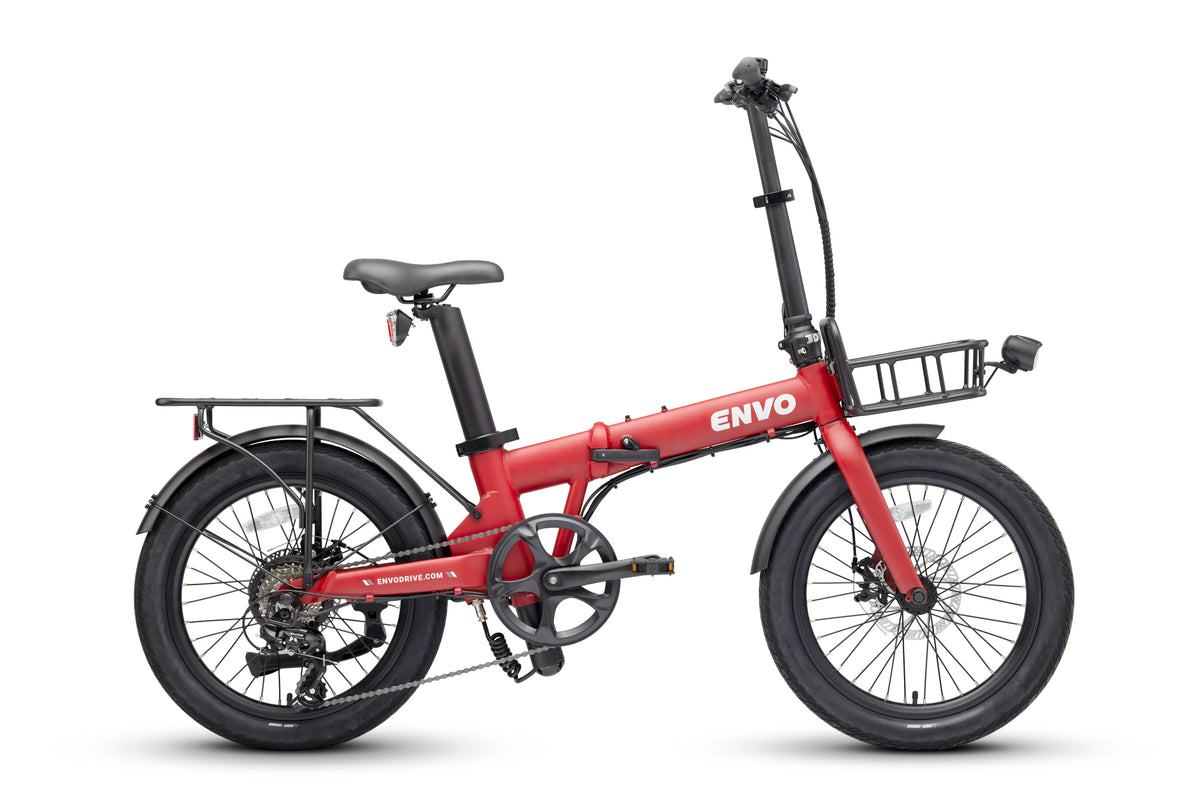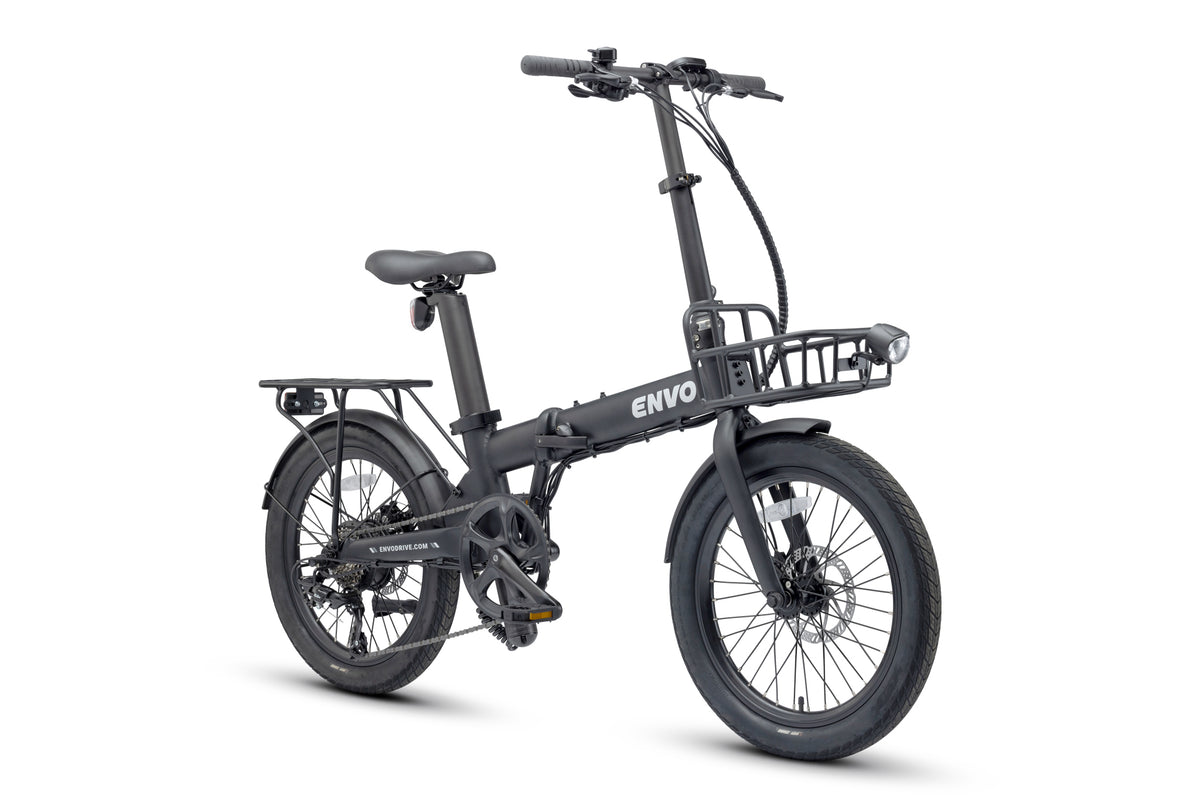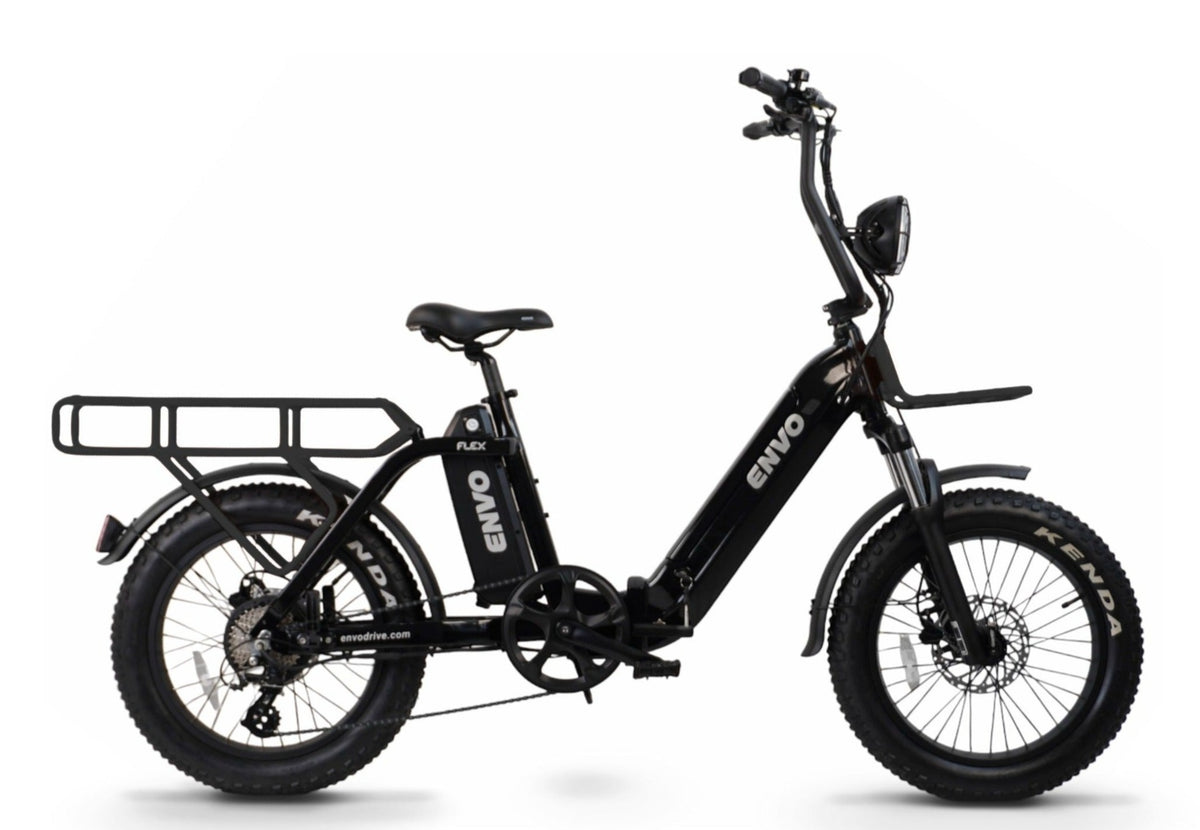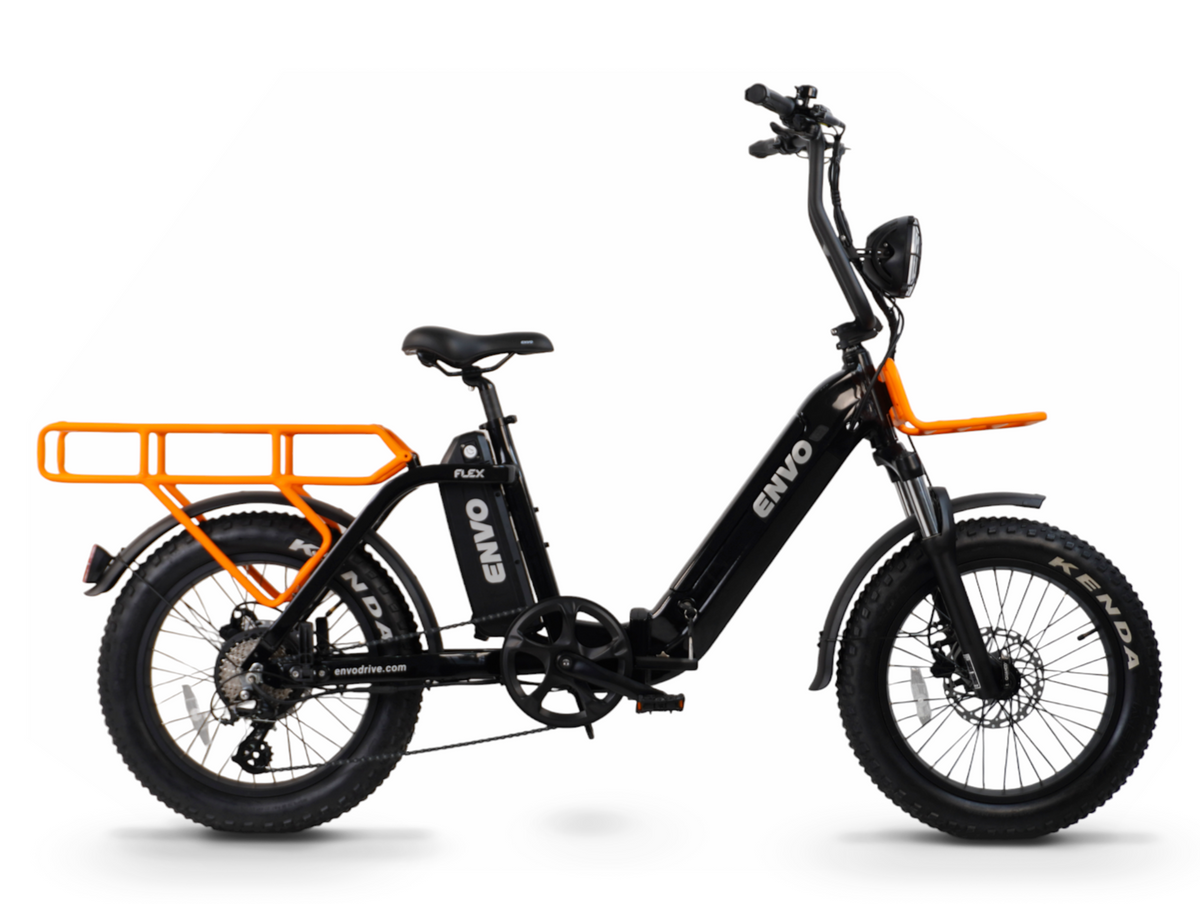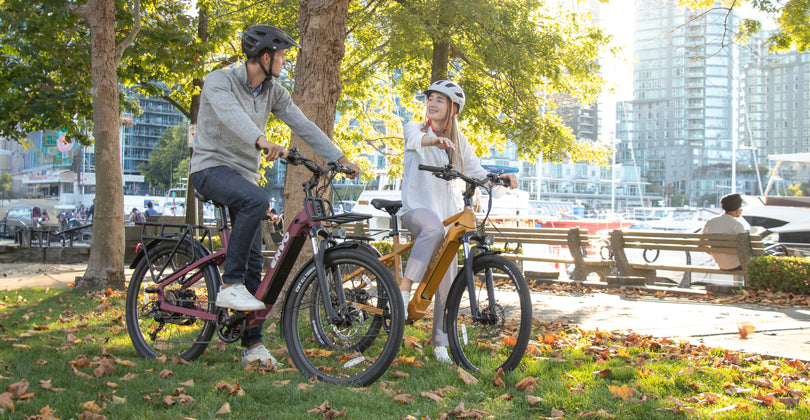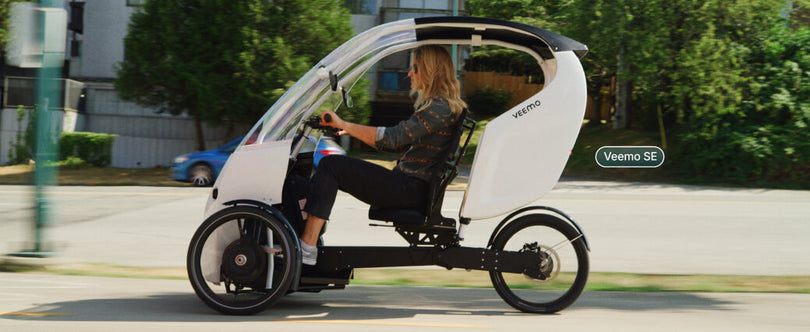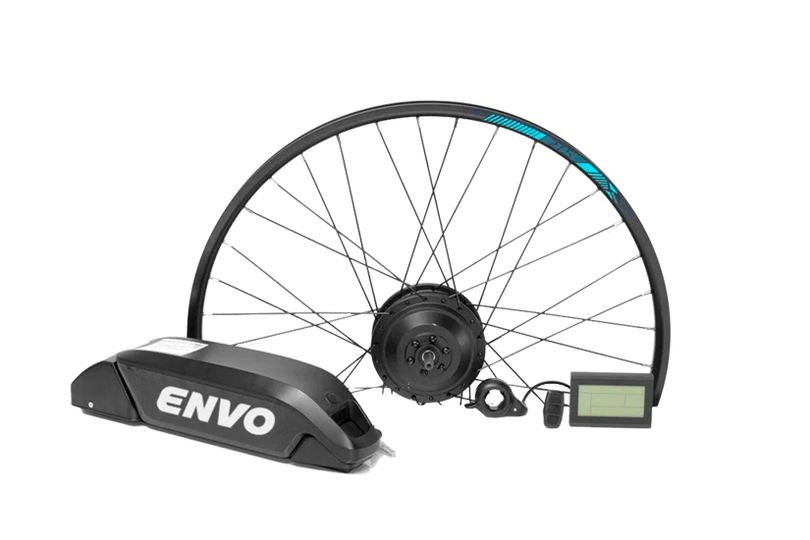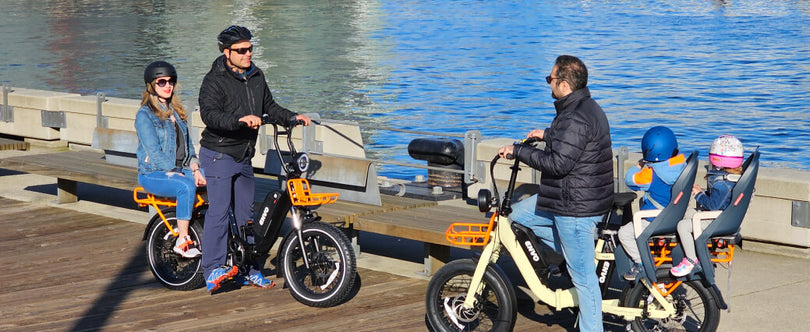Here’s the gist: Until April 4, 2025, the Electrify Nova Scotia Rebate Program offered a $500 rebate to residents purchasing eligible electric bicycles — a move clearly aimed at getting more riders on saddles and fewer cars on roads. The rebate wasn't a free ride, but it was a solid nudge for those sitting on the fence.
Run by the Clean Foundation with funding from the Nova Scotia Department of Natural Resources and Renewables, and support from Natural Resources Canada, this wasn’t just a greenwashing gimmick. It was a targeted, tactical effort to reduce vehicle emissions while encouraging more accessible personal mobility. And it was working.
Let’s break it down.
Who Could Get the Rebate?
Anyone who:
-
Lived in Nova Scotia.
-
Bought an eligible new e-bike on or after February 24, 2021, and before April 4, 2025.
-
Got their bike from a brick-and-mortar retailer in Nova Scotia.
Yes, you read that right: online purchases, even from big-name brands or Amazon, were out. This wasn’t just about electrification — it was about keeping dollars local, supporting community bike shops, and ensuring quality standards.
What Counted as an "Eligible E-Bike"?
Not all electric bikes made the cut. In fact, the program was pretty specific — and intentionally so. The aim was to fund safe, road-legal, muscle-powered vehicles — not electric mopeds or scooters masquerading as bikes. According to the Electrify E-Bike Guidelines v1.5, eligible bikes had to meet these specs:
-
Price Range: At least $1,200 CAD before taxes and fees, and no more than $10,000 CAD retail. (Because you’re not getting taxpayer cash to trick out your $12k carbon-fiber e-MTB.)
-
Motor Specs: Maximum 500 watts, 32 km/h top speed on throttle-only mode, and no operation unless pedaling (unless you’re braking or releasing the throttle).
-
Pedal Requirement: Must be capable of human-powered propulsion.
-
Street Legality: Had to meet the definition of a “power-assisted bicycle” per the Nova Scotia Motor Vehicle Act.
That means no twist-and-go throttle-only setups, no souped-up 1000W motors, and definitely no e-mopeds with foot pegs and a marketing makeover.
What Didn’t Count?
Let’s make this crystal clear — because plenty of folks tried to sneak through:
Used e-bikes — Nope. Must be new.
Online purchases — If you clicked "Buy Now" from a BC-based brand and had it shipped in, sorry.
Private sales — That Craigslist score won’t earn you $500.
Off-road-only bikes — You had to be road-legal. No stealth bomber-style e-MTBs.
Instant vs. Retroactive Rebate
Retailers could offer the rebate at point of sale, reducing the sticker shock for consumers. If the shop didn’t participate in the program directly, buyers could apply afterward — with receipts and completed forms — but within 30 days of purchase.
The paperwork? Not too gnarly, but it had to be complete:
-
Purchase receipt
-
Make/model confirmation
-
Completed Consumer Consent and Rebate Received Form
-
Proof of NS residency (e.g., a driver’s license)
If you missed that 30-day window or submitted after the April 4 deadline? Sorry — no exceptions.
Retailer Requirements: More Than Just a Cash Register
Nova Scotia didn’t hand out rebates blindly. Retailers had to:
-
Be physically located in Nova Scotia.
-
Register with the program.
-
Ensure the bikes they sold were verified to meet program criteria.
This did two things:
-
Prevented fraud and misclassification.
-
Encouraged shops to stock bikes that actually met the needs and legal standards of Nova Scotia riders.
It’s worth noting: major brands like Trek, Norco, Giant, and even Canadian players like ENVO had compliant models in this price and spec range — meaning customers didn’t have to compromise to qualify.
The Rebate’s Impact: Did It Move the Needle?
While full program stats aren’t public yet, according to program's website atleast 8,884+ ebikes got the rebate. I am sure for a few owners the rebate was the final push to buy an ebike.
For cash-strapped commuters or rural residents who couldn’t afford a second car — or a first — the $500 rebate made a meaningful dent. It might not buy you a motorbike, but it might let you bike to work on a hillier route, haul groceries with pedal assist, or replace some Uber rides.
Beyond the Bike: Strategic Electrification
The Electrify Program wasn’t just about e-bikes. It offered:
-
Up to $5,000 for new EVs
-
$3,000 for used BEVs
-
$2,000 for plug-in hybrids
-
Incentives for Level 2 home chargers
-
Rebates on medium and heavy-duty commercial vehicles
But here’s the kicker — e-bikes were the only vehicle category that didn’t require car ownership. No license. No insurance. No road taxes. This wasn’t a green vehicle subsidy; it was mobility democratization.
Why the Rebate Ended (and What’s Next)
On April 4, 2025, the program sunsetted its e-bike and light-duty EV rebates. That doesn’t mean the idea is dead. It means funding ran its course — and potentially, the powers that be are recalibrating.
Medium and heavy-duty ZEV rebates are still live, suggesting the provincial government may be shifting its focus to commercial decarbonization. But let’s be clear: if public feedback pushes hard enough, we could see a reboot — or a new program altogether.
Final Thoughts: Lessons from the Electrify Experiment
Let’s channel a little Vosper candor here. Was the program perfect? No. The 30-day deadline tripped up plenty of well-meaning buyers. The restrictions around retailers excluded a chunk of direct-to-consumer brands, which are often lower-cost options. And the lack of coverage for used e-bikes arguably missed a golden opportunity for affordable transportation access.
But was it smart policy? Absolutely.
It created a cleaner incentive structure, supported local economies, educated consumers about safe and legal e-bike use, and boosted the visibility of sustainable transportation — all without over-engineering the system.
If you're a Nova Scotia resident who missed out, don’t shelve the dream. E-bikes are still one of the smartest mobility investments you can make — and if programs like Electrify come back, you’ll know exactly how to take advantage of them.




